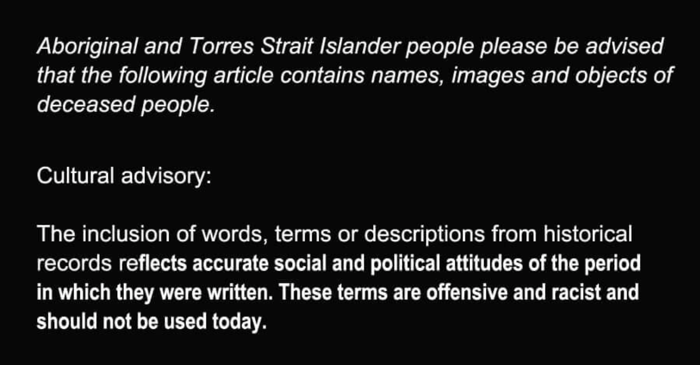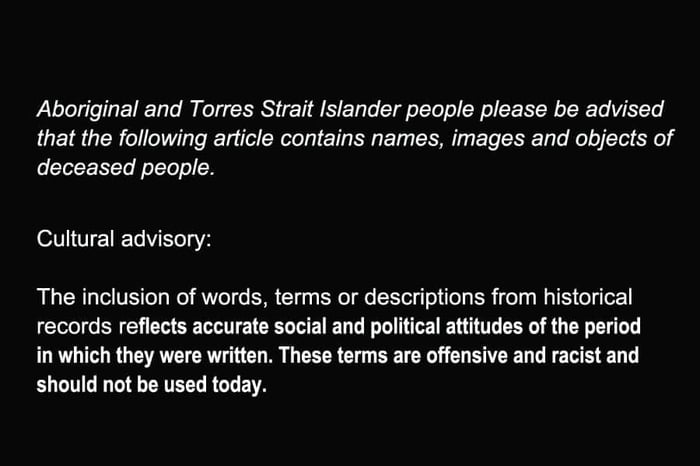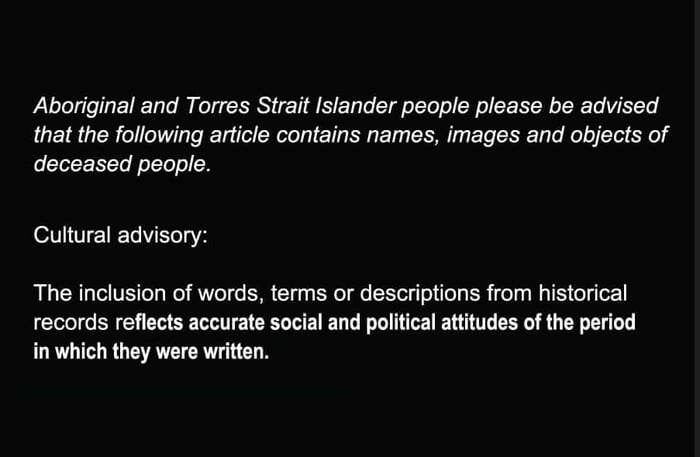
Indigenous Service in the Australian Light Horse Regiment
The 6th Light Horse Regiment was established in Sydney in September 1914 from soldiers who had enlisted in New South Wales. The regiment became part of the 2nd Light Horse Brigade and sailed from Sydney on 21 December 1914, disembarking in Egypt on 1 February 1915.
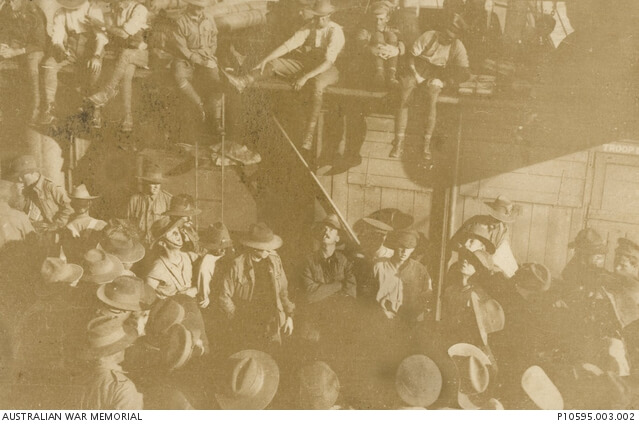
"A quiet game of two-up." Unidentified soldiers of the 6th Australian Light Horse Regiment playing a game of two-up, while en route to Gallipoli.
Although the light horse were initially considered unsuitable for the operations at Gallipoli, they were subsequently deployed without their horses to reinforce the infantry. The 2nd Light Horse Brigade landed in late May 1915 and was attached to the 1st Australian Division. The 6th Light Horse was responsible for a sector on the right of the ANZAC line and played a defensive role until it left the peninsula on December 20, 1915.
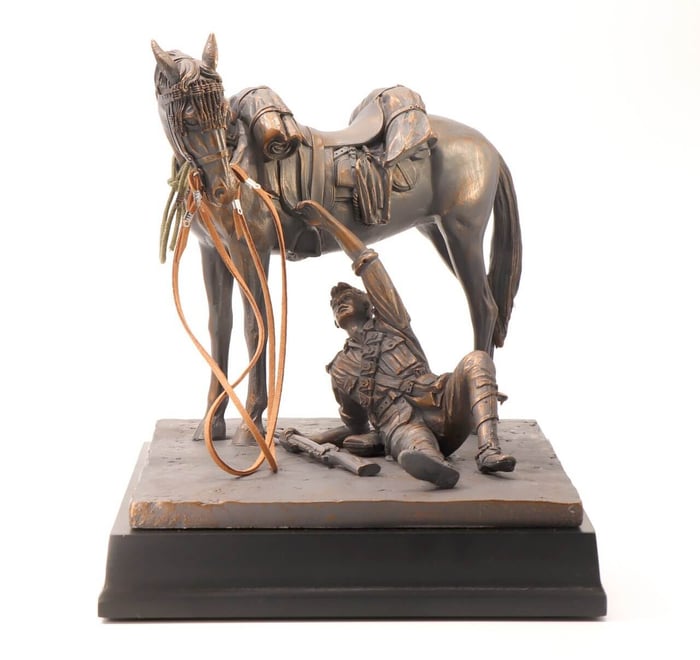 Remember the service with Australian Light Horse Figurines
Remember the service with Australian Light Horse Figurines
In 1916, the 2nd Light Horse Brigade became part of the ANZAC Mounted Division and joined the forces defending the Suez Canal from a Turkish advance across the Sinai Desert. The unit saw action at the battle of Romani on 4 August, and at Katia the following day. It then took part in the pursuit of the Turks across the desert.
The regiment spent late 1916 and early 1917 engaged on patrol work until the British advance into Palestine stalled before the Turkish bastion of Gaza. However, the regiment was able to provide critical support to the British advance during this time period. It was involved in the two abortive battles to capture Gaza directly (27 March and 19 April) and then the operation that ultimately led to its fall - the wide outflanking move via Beersheba that began on 31 October.The fall of Gaza on 7 November 1917 led to the collapse of the Turkish position in southern Palestine. The 6th participated in the pursuit that followed and ultimately led to the capture of Jerusalem in December.
British operations then shifted focus to the Jordan Valley. In early 1918, the 6th was involved in the Amman (24-27 February) and Es Salt (30 April-4 May) raids. Both of these raids were tactical failures, but they helped convince the Turks that the next offensive would be launched across the Jordan. Instead, the offensive was launched along the coast in September 1918. The 6th took part in a subsidiary effort east of the Jordan. It was part of the force that captured Amman on 25 September. This proved to be its last major engagement of the war; Turkey surrendered on 30 October 1918.
The 6th Light Horse was employed one last time to assist in putting down the Egyptian revolt of early 1919, and sailed for home on 28 June.
More on the Australian Light Horse on Bold and Loyal: The Australian Light Horse

Meet indigenous serviceman 3662 Private Harold Arthur Cowan (also known as Arthur Williams), shown fourth from left, of the 6th Australian Light Horse Regiment (6ALH). Here they are shown cleaning their kit during a training exercise at Grafton, New South Wales, before serving overseas.
Aboriginal and Torres Strait Islander peoples have a long-standing tradition of fighting for Country, in all conflicts and operations in which the nation’s military forces have been involved, and they continue to serve with great honour in the Australian Defence Force. The ‘Serving Country for 60,000 Years’ Collection commemorates the story of Aboriginal and Torres Strait Islander peoples’ service in the defence of Australia, dating back to before Federation to modern times.
The limited edition Indigenous Service MagnaBadge™ features a red, black, and gold poppy. This poignant design sits beautifully on the lapel and is a perfect addition to any collection, recognising all those who serve. Explore the full MagnaBadge Collection here.




-rttc6.png)
